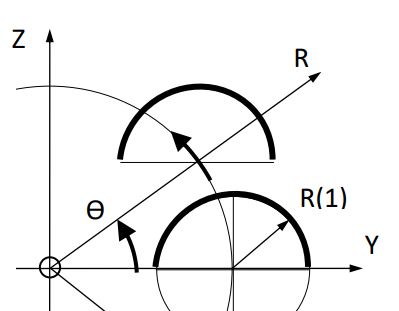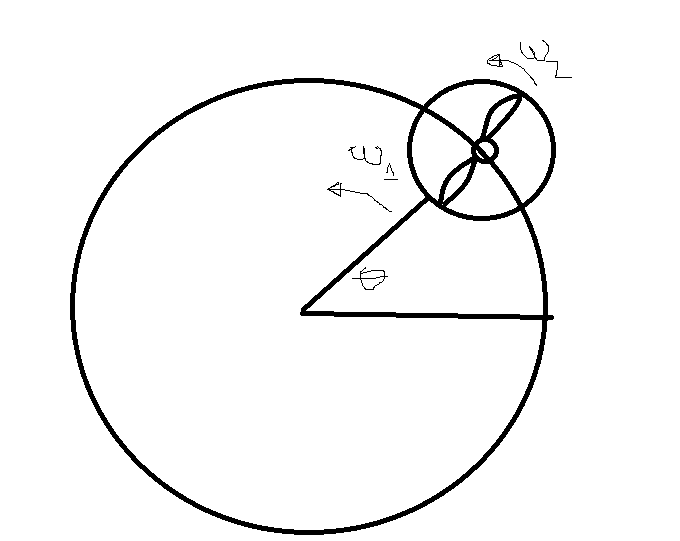I’m simulating rotation of a propeller. I want to find the thrust at various angles of rotation of the propeller. For example, I want to see how much thrust is being generated in angular increments as the propeller goes from 0 degrees to 360 degrees on the plane of its rotation. How can I achieve that? Also, for the thrust being generated, would that be the pressure force minus the viscous force for a given direction? Thanks.
I am not completely sure I understood your question. Do you want to simulate the thrust of a propeller varying the angle of attack of the blades? (propeller pitch / advance ratio)? If this is your question, you can surely do it using a rotating mesh approach (moving mesh), with different geometrical configurations. Surely there might be simpler ways to model this particular flow problem, but they might neglect the effect of one blade over the others. Regarding your other question, you mean you need to obtain the relation between propeller thrust (pressure force) and torque (due to viscous forces)?, am I right? The lift is obtained straightforward, for the torque, for a moving mesh in the radial direction, I am not completely sure, but I guess you can perform a surface integral to the moving surface (Paraview). I am not sure if you can do it using the SimScale post-processing utility.
Hi @jairogut, thanks for your response, I appreciate it.
For the angle part, I didn’t mean changing the angle of attack of the blades. When a propeller rotates about a central point, one rotation of the propeller covers a circle, if that makes sense. I’ve attached a picture that shows a semi-circular blade undergoing rotational motion about a given center. The angle, theta, is what I was referring to. So at 30 degrees, for instance, how much thrust has the propeller generated is what I am curious about.
For the second question, I meant that I have a force report that gives me my forces in all directions and for instance, if I was wanting to see the thrust in the Z-direction, would it be just the pressure force along the Z-axis or would it be the pressure force minus the viscous force in the Z direction? I guess I’m a little confused about the total pressure force that shows up in the solver log.
I’m afraid that I still don’t understand your question. Yes, a rotating propeller covers a circle (therefore, some simplified models for propellers use an actuator disk instead). For any typical propeller working in steady-state conditions (fixed-rpm), the lift for any given rotating angle is the same. What I understood from your drawing is that you have a propeller (which is rotating around its local centerpoint) undergoing rotation around another centerpoint. Something like this:
, which is indeed an uncommon arrangement). Please correct me if I misunderstood your drawing
